
Find Help
More Items From Ergsy search
-

What are normal blood pressure ranges?
Relevance: 100%
-

How is high blood pressure diagnosed?
Relevance: 63%
-

What is high blood pressure?
Relevance: 62%
-

How to take someone's blood pressure
Relevance: 62%
-

Seven Reaasons For Measuring blood pressure
Relevance: 61%
-

How often should I check my blood pressure?
Relevance: 58%
-

What causes high blood pressure?
Relevance: 55%
-

Can high blood pressure be prevented?
Relevance: 53%
-

Does caffeine affect blood pressure?
Relevance: 53%
-

Can stress cause high blood pressure?
Relevance: 53%
-

How can high blood pressure be treated?
Relevance: 53%
-

What are the risks of having high blood pressure?
Relevance: 51%
-

Is it safe to take blood pressure medication with coffee?
Relevance: 51%
-

How does diet affect blood pressure?
Relevance: 51%
-

How do medications help control high blood pressure?
Relevance: 51%
-

What is the role of potassium in managing blood pressure?
Relevance: 51%
-

How does caffeine affect blood pressure?
Relevance: 51%
-
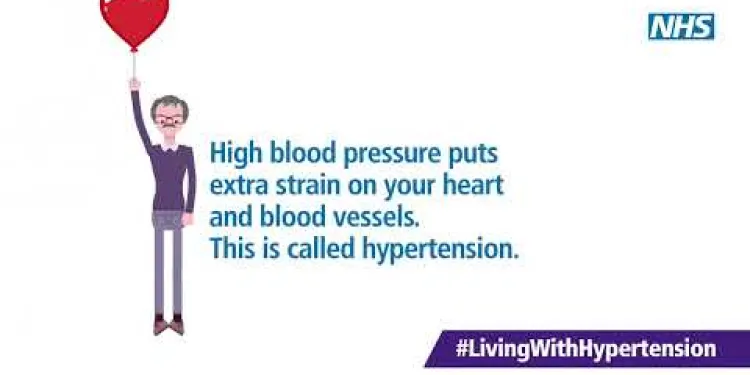
Blood pressure too high? Living with hypertension animation
Relevance: 51%
-

Can decaffeinated coffee affect blood pressure?
Relevance: 50%
-

Should people with high blood pressure avoid coffee entirely?
Relevance: 50%
-
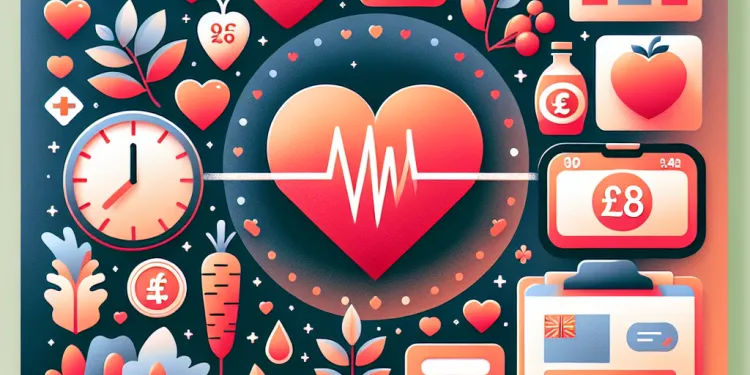
What lifestyle changes can lower blood pressure?
Relevance: 49%
-

Why is high blood pressure called a 'silent killer'?
Relevance: 49%
-
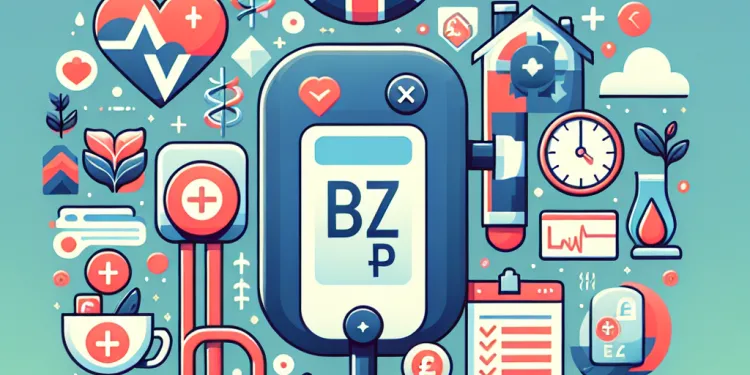
Can high blood pressure lead to other health problems?
Relevance: 48%
-
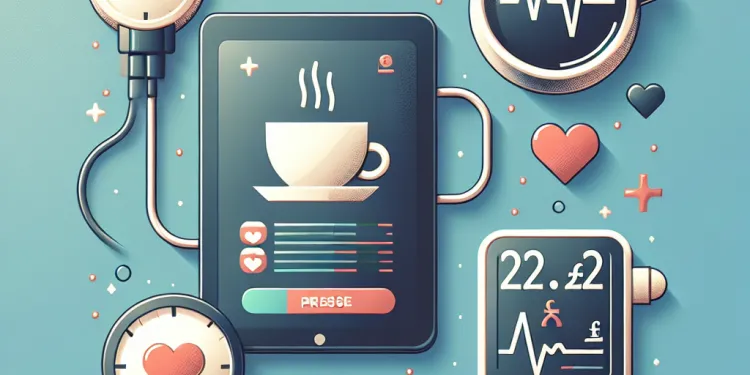
Are there any other factors in coffee that may affect blood pressure?
Relevance: 48%
-

Can weight loss help reduce high blood pressure?
Relevance: 48%
-

How can one minimize the impact of coffee on blood pressure?
Relevance: 47%
-

Is Your Morning Coffee a Risk Factor for High Blood Pressure?
Relevance: 47%
-

Is green tea a better alternative to coffee for blood pressure management?
Relevance: 47%
-
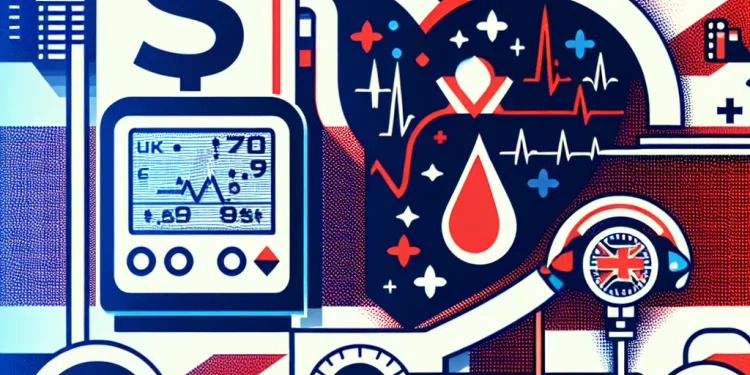
Is high blood pressure hereditary?
Relevance: 46%
-

How soon after drinking coffee can blood pressure be affected?
Relevance: 46%
-

Is there a specific time of day when coffee has the most impact on blood pressure?
Relevance: 45%
-

How much caffeine is generally considered safe for people with high blood pressure?
Relevance: 45%
-

Does genetic makeup affect how coffee impacts blood pressure?
Relevance: 44%
-

Are there any self-tests for eye pressure?
Relevance: 44%
-

Heart Failure : The normal heart
Relevance: 43%
-

Does drinking coffee every morning increase the risk of developing high blood pressure?
Relevance: 43%
-

How does regular caffeine consumption impact tolerance and blood pressure?
Relevance: 43%
-

What are the symptoms of high blood pressure?
Relevance: 40%
-

What are the symptoms of caffeine-induced high blood pressure?
Relevance: 38%
-

Is it normal to feel sad in a relationship sometimes?
Relevance: 35%
Understanding Normal Blood Pressure Ranges
Blood pressure is a vital indicator of cardiovascular health. In the UK, as in other countries, maintaining a normal blood pressure range is important for reducing the risk of heart disease, stroke, and other health issues. Blood pressure is measured in millimetres of mercury (mmHg) and is recorded with two numbers: systolic and diastolic pressure.
Systolic and Diastolic Blood Pressure
The systolic pressure is the top number in a blood pressure reading and measures the pressure in the arteries when the heart beats. The diastolic pressure is the bottom number and measures the pressure in the arteries when the heart is at rest between beats. For example, a reading might be presented as 120/80 mmHg, where 120 is the systolic pressure, and 80 is the diastolic pressure.
Normal Blood Pressure Range
According to the UK National Health Service (NHS), a normal blood pressure reading is considered to be between 90/60 mmHg and 120/80 mmHg. If your blood pressure is within this range, it is often labelled as 'normal'. These values indicate that the heart is functioning optimally and that the risk of cardiovascular diseases is low.
Low Blood Pressure (Hypotension)
If your blood pressure reading is consistently lower than 90/60 mmHg, it may be considered low, a condition known as hypotension. While low blood pressure is less common, it can cause symptoms such as dizziness and fainting in some people. If symptoms occur, it is advisable to consult a healthcare professional for an assessment.
High Blood Pressure (Hypertension)
Blood pressure readings consistently higher than 140/90 mmHg are typically classified as high blood pressure or hypertension. In the UK, maintaining a blood pressure lower than 140/90 mmHg is recommended to reduce the health risks associated with high blood pressure. Elevated blood pressure can increase the risk of heart attacks, strokes, and kidney disease.
Monitoring and Maintaining Healthy Blood Pressure
It is important for individuals, especially those over the age of 40, to monitor their blood pressure regularly. Lifestyle factors such as diet, exercise, and stress management play a critical role in maintaining healthy blood pressure. Eating a balanced diet low in salt, maintaining a healthy weight, exercising regularly, and moderating alcohol intake can all contribute to keeping blood pressure within the normal range.
Conclusion
Understanding the normal ranges for blood pressure and taking steps to maintain healthy levels are crucial for long-term health. If you have concerns about your blood pressure, consulting a healthcare provider is important for getting tailored advice and managing any potential risks.
Understanding Normal Blood Pressure Ranges
Blood pressure tells us about heart health. In the UK, like other places, keeping blood pressure normal helps prevent heart problems and strokes. Blood pressure is measured in millimetres of mercury (mmHg) and has two numbers: systolic and diastolic pressure.
Systolic and Diastolic Blood Pressure
The systolic pressure is the top number. It shows the pressure in arteries when the heart beats. The diastolic pressure is the bottom number. It shows the pressure when the heart rests between beats. For example, 120/80 mmHg means 120 is systolic and 80 is diastolic.
Normal Blood Pressure Range
The NHS in the UK says normal blood pressure is between 90/60 mmHg and 120/80 mmHg. If your blood pressure is in this range, it is ‘normal’. This means your heart is healthy, and the chance of heart problems is low.
Low Blood Pressure (Hypotension)
If your blood pressure is often below 90/60 mmHg, it might be low. This is called hypotension. Low blood pressure is rare but can cause dizziness and fainting. If you feel these symptoms, talk to a doctor.
High Blood Pressure (Hypertension)
If your blood pressure is often above 140/90 mmHg, it might be high. This is called hypertension. In the UK, it's advised to keep blood pressure below 140/90 mmHg to stay healthy. High blood pressure can lead to heart attacks, strokes, and kidney problems.
Monitoring and Maintaining Healthy Blood Pressure
It’s good to check blood pressure regularly, especially if you are over 40. Eating healthy food, exercising, and managing stress help keep blood pressure in the normal range. Eating less salt, keeping a healthy weight, and drinking less alcohol are also important.
Conclusion
Knowing what normal blood pressure is and how to keep it healthy is important for staying well. If you are worried about your blood pressure, talk to a doctor for advice. They can help you understand and manage any risks.
Frequently Asked Questions
Useful Links
- Ergsy carfully checks the information in the videos we provide here.
- Videos shown by Youtube after a video has completed, have NOT been reviewed by ERGSY.
- To view, click the arrow in centre of video.
- Most of the videos you find here will have subtitles and/or closed captions available.
- You may need to turn these on, and choose your preferred language.
- Go to the video you'd like to watch.
- If closed captions (CC) are available, settings will be visible on the bottom right of the video player.
- To turn on Captions, click settings .
- To turn off Captions, click settings again.
More Items From Ergsy search
-

What are normal blood pressure ranges?
Relevance: 100%
-

How is high blood pressure diagnosed?
Relevance: 63%
-

What is high blood pressure?
Relevance: 62%
-

How to take someone's blood pressure
Relevance: 62%
-

Seven Reaasons For Measuring blood pressure
Relevance: 61%
-

How often should I check my blood pressure?
Relevance: 58%
-

What causes high blood pressure?
Relevance: 55%
-

Can high blood pressure be prevented?
Relevance: 53%
-

Does caffeine affect blood pressure?
Relevance: 53%
-

Can stress cause high blood pressure?
Relevance: 53%
-

How can high blood pressure be treated?
Relevance: 53%
-

What are the risks of having high blood pressure?
Relevance: 51%
-

Is it safe to take blood pressure medication with coffee?
Relevance: 51%
-

How does diet affect blood pressure?
Relevance: 51%
-

How do medications help control high blood pressure?
Relevance: 51%
-

What is the role of potassium in managing blood pressure?
Relevance: 51%
-

How does caffeine affect blood pressure?
Relevance: 51%
-

Blood pressure too high? Living with hypertension animation
Relevance: 51%
-

Can decaffeinated coffee affect blood pressure?
Relevance: 50%
-

Should people with high blood pressure avoid coffee entirely?
Relevance: 50%
-

What lifestyle changes can lower blood pressure?
Relevance: 49%
-

Why is high blood pressure called a 'silent killer'?
Relevance: 49%
-

Can high blood pressure lead to other health problems?
Relevance: 48%
-

Are there any other factors in coffee that may affect blood pressure?
Relevance: 48%
-

Can weight loss help reduce high blood pressure?
Relevance: 48%
-

How can one minimize the impact of coffee on blood pressure?
Relevance: 47%
-

Is Your Morning Coffee a Risk Factor for High Blood Pressure?
Relevance: 47%
-

Is green tea a better alternative to coffee for blood pressure management?
Relevance: 47%
-

Is high blood pressure hereditary?
Relevance: 46%
-

How soon after drinking coffee can blood pressure be affected?
Relevance: 46%
-

Is there a specific time of day when coffee has the most impact on blood pressure?
Relevance: 45%
-

How much caffeine is generally considered safe for people with high blood pressure?
Relevance: 45%
-

Does genetic makeup affect how coffee impacts blood pressure?
Relevance: 44%
-

Are there any self-tests for eye pressure?
Relevance: 44%
-

Heart Failure : The normal heart
Relevance: 43%
-

Does drinking coffee every morning increase the risk of developing high blood pressure?
Relevance: 43%
-

How does regular caffeine consumption impact tolerance and blood pressure?
Relevance: 43%
-

What are the symptoms of high blood pressure?
Relevance: 40%
-

What are the symptoms of caffeine-induced high blood pressure?
Relevance: 38%
-

Is it normal to feel sad in a relationship sometimes?
Relevance: 35%


